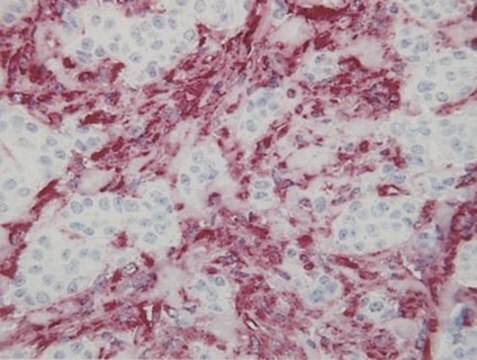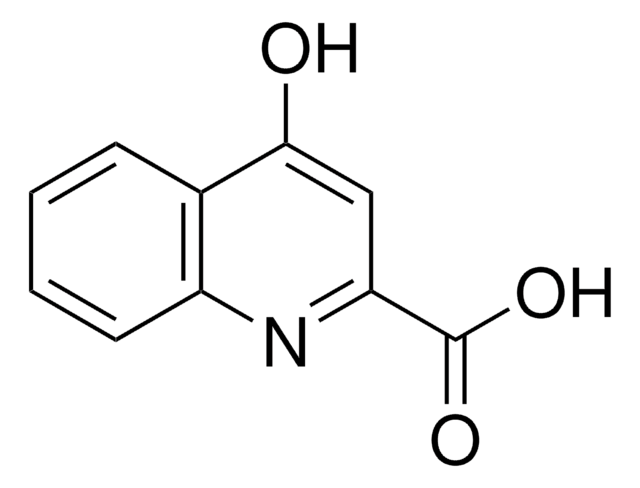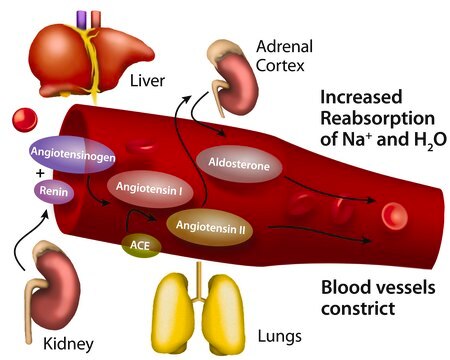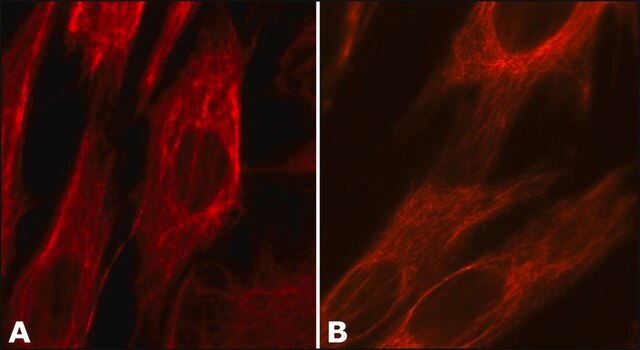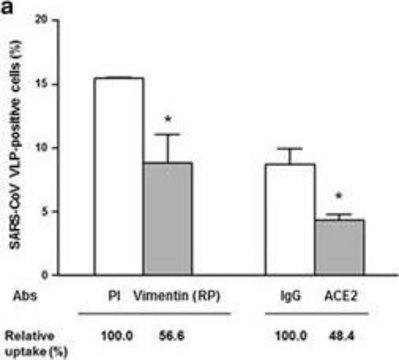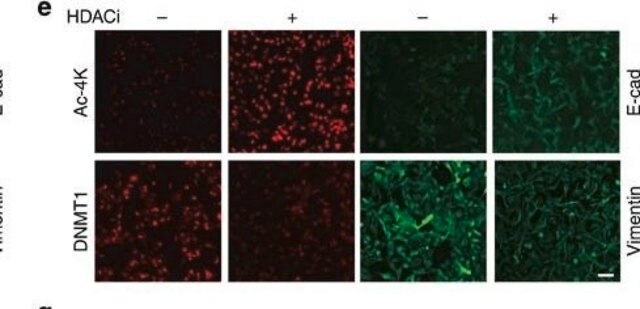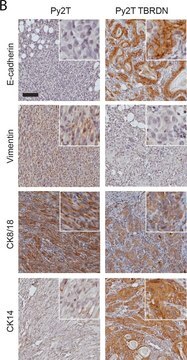CBL202
Anti-Vimentin Antibody, clone VIM 3B4
clone VIM 3B4, Chemicon®, from mouse
About This Item
Recommended Products
biological source
mouse
Quality Level
antibody form
purified immunoglobulin
antibody product type
primary antibodies
clone
VIM 3B4, monoclonal
species reactivity
chicken, amphibian, bovine, monkey, canine, human
manufacturer/tradename
Chemicon®
technique(s)
ELISA: suitable
immunofluorescence: suitable
immunohistochemistry: suitable (paraffin)
western blot: suitable
isotype
IgG2a
NCBI accession no.
UniProt accession no.
shipped in
wet ice
Gene Information
human ... VIM(7431)
Specificity
Immunogen
Application
Immunohistochemistry: 1:100; Frozen and paraffin-embedded tissue sections with a minimum of a one hour incubation (longer for paraffin); protease pretreatment is recommended for paraffin-embedded sections.
Immunofluorescence
ELISA
Optimal working dilutions must be determined by the end user.
Cell Structure
Cytoskeleton
Target description
Physical form
Storage and Stability
Analysis Note
Positive in RD cells, glioma cells, fibroblasts (SV-80), and MDCK cell line
Other Notes
Legal Information
Disclaimer
Not finding the right product?
Try our Product Selector Tool.
recommended
signalword
Warning
hcodes
Hazard Classifications
Acute Tox. 4 Dermal - Acute Tox. 4 Inhalation - Aquatic Chronic 3
Storage Class
11 - Combustible Solids
wgk_germany
WGK 3
Certificates of Analysis (COA)
Search for Certificates of Analysis (COA) by entering the products Lot/Batch Number. Lot and Batch Numbers can be found on a product’s label following the words ‘Lot’ or ‘Batch’.
Already Own This Product?
Find documentation for the products that you have recently purchased in the Document Library.
Our team of scientists has experience in all areas of research including Life Science, Material Science, Chemical Synthesis, Chromatography, Analytical and many others.
Contact Technical Service